5 min read
Canva Uses Braze Catalogs to Create Personalized Messages That Drive New Feature Adoption
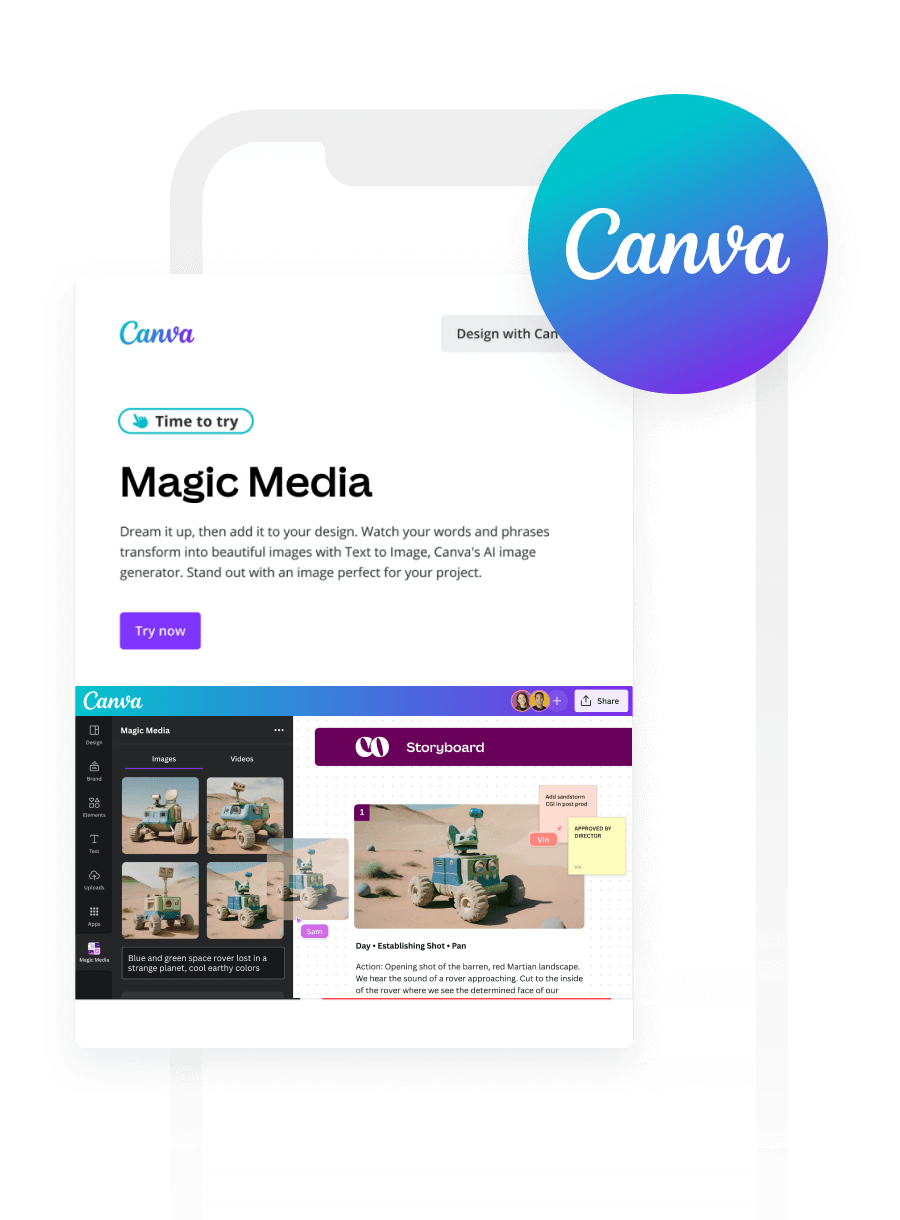
Canva wanted to update its feature adoption communication flows to surface relevant features that supported both a better design experience and increased user stickiness. The team also wanted to create a structure to easily and quickly update messages for new feature launches.
Using Braze Canvas and Braze Catalogs, Canva was able to create 650+ unique campaigns that better surfaced more than 75 key product features that were personalized to each user.
With this campaign, Canva increased message opens by 55% and clicks by 47%. They also increased featured adoption by up to 8%, which had a downstream impact on retaining users and growing revenue. In addition, the team increased their operational efficiency, saving about 1,000 hours of production time using Braze while optimizing for 25 features with 200+ variants.
PRODUCTS USED
BY THE METRICS
1000
Hours saved
8%
Increase in feature adoption for Docs
55%
Increase in message opens
Launched in 2013, Canva is an online visual communications and collaboration platform with a mission to empower everyone in the world to design. In just over a decade, Canva has grown its global community to more than 170 million monthly users.
A key part of that growth has been their customer engagement strategy. Complete with rich, on brand visuals that emulate what’s created on their platform, Canva uses a personalized, comprehensive messaging strategy to support high engagement rates and a better experience for users along the entire user journey.
A Message Refresh With a Focus on Personalization
Canva’s “Time To Try” is a project flow that surfaces up to 75 unique features across every category in its Visual Suite, a collection of workplace products including tools for creating Docs, Presentations, Whiteboards, Social Media, Video, Print, and Websites. The goal of “Time to Try” is to send users relevant and personalized features in real time, triggered when someone starts a new design in Canva. The challenge, then, was to refresh Canva’s feature adoption communication flows, in order to better surface more than 75 key product features in an efficient and relevant way.
Canva’s Lifecycle marketing team discovered that earlier campaigns designed to encourage users to try new features were outdated and not aligned with recent branding. They found that existing programs had some issues with audience overlap and their evergreen creative wasn't keeping pace with the massive catalog of new features that their product teams were producing. This meant they were missing out on key ways to drive product adoption, which is a big part of long-term retention. This “Time to Try” campaign had to be flexible enough to match Canva’s growth and product innovation.
In order to update the campaign, Canva started by better personalizing messages with images and copy based on the design category each member of the Canva community was experiencing. They also decided to:
- Trigger messaging based on a user’s most recent design
- Prioritize messages based on content a user has previously received
- Serve multiple variations of content that could be personalized to a user’s experience
- Make easy and efficient updates to existing live content to keep up with in-product changes
Key components of their strategy included:
- Dynamic segmentation based on previous features used and the number of times used
- 1:1 personalization through triggered messaging and custom events
- Automation through Braze Catalogs, Content Blocks, and Canvas
The dynamic content goal led Canva to become an early adopter of Braze Catalogs, which allow marketers to import non-user data into Braze via CSV files and API endpoints, then access this data to enrich messages. With Catalogs, Canva was able to leverage out-of-the-box Braze capabilities to automate many parts of their strategy so they could attain the level of personalization they wanted without needing much manual oversight. The content structure included eight personalized content variations per Canva feature based on user type and their individual journey. When the campaign launched, Canva was able to surface over 400 unique variations of content. It also allows them to remain agile, since they can easily and quickly update content when new features are launched.
The whole campaign was executed using Braze Canvas, our visual development environment which marketers can use as a no-code journey orchestration tool. This allows Canva to easily build, test, and optimize messaging flows on multiple channels and from multiple triggers. Specifically, they leverage Braze Audience Paths to segment the audiences to create specific messages that automatically choose the best feature to recommend to each user based on what they were already using. They also use Braze Decision Splits to check if a message for a new feature has already been received, which can help prevent message duplication or enable message retargeting in the future.
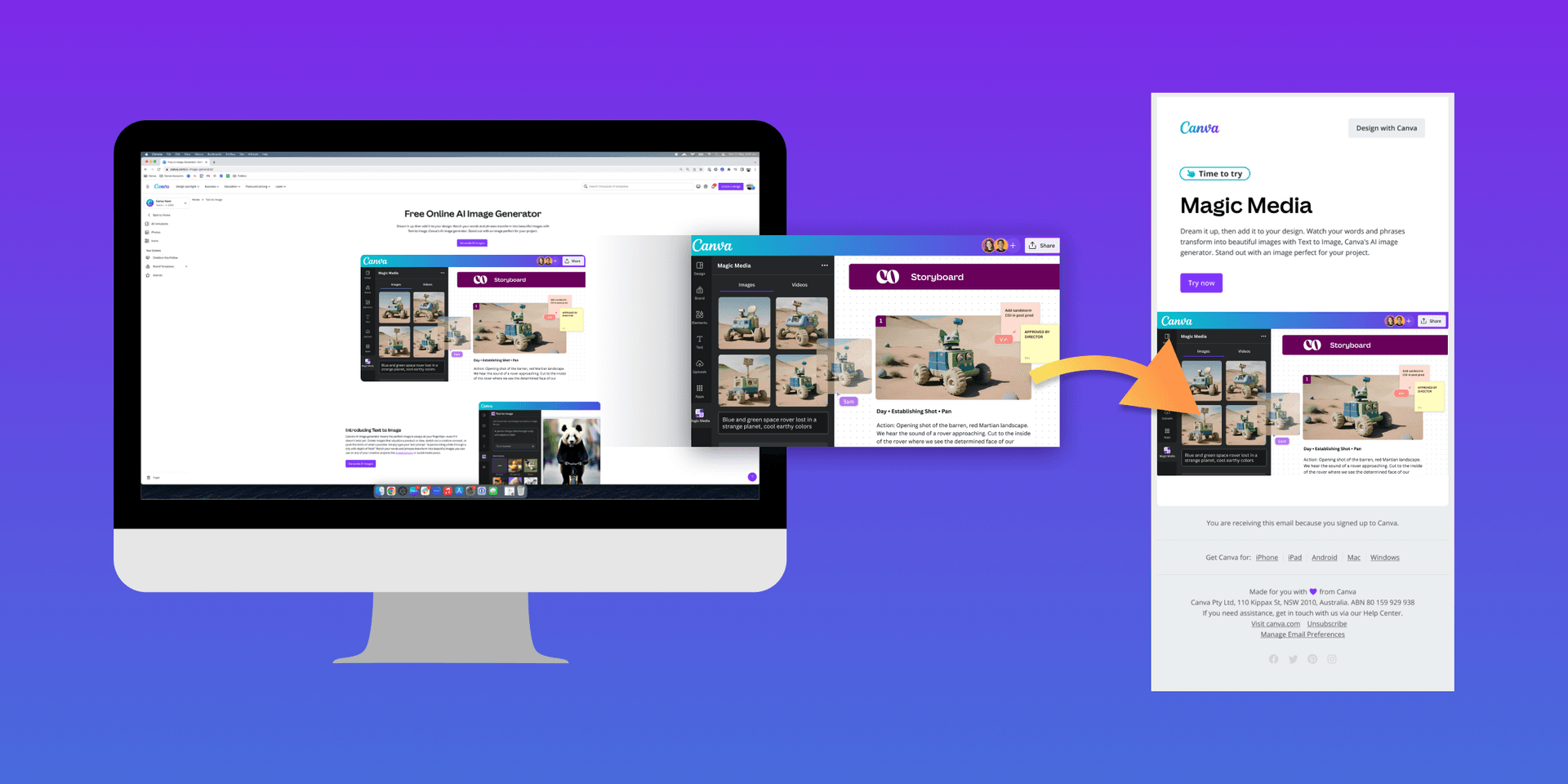
Canva also uses the following in their “Time to Try” campaign:
- Custom events: Canva used custom events to segment users who created a design event and tailor recommendations based on this specific event.
- Segments: They create segments based on the features used, and the amount of times they have used a feature to ensure that messaging is relevant and personalized.
- Webhooks: A master Canvas leverages webhooks that direct users into their selected API-triggered Canvases, handling more complex orchestration from a single location in Braze.
- Message extras: The message extras create tracking records for each exact variation users received within a messaging series.
- Braze Content Blocks: Content Blocks give Canva the flexibility to make changes to campaigns from a central source without having to edit HTML within live Canvases—ensuring that they can move quickly while messages remain fresh and on-brand as Canva continues to evolve.
To keep up with Canva’s pace of innovation, we rely on Braze Catalogs to save production time, drive product adoption and keep content fresh. When we drive more users to discover our full suite of features in our Visual Suite, we reduce churn and increase LTV.
Jackie Hill
Lifecycle Engagement Lead, Canva
Canva’s Results: Open and Click Rates Nearly Double
With the “Time to Try” campaign, Canva was able to increase feature adoption of Docs by 8%, Presentations by 6%, and Whiteboards by 3%—which is a big deal considering their millions of users. They were also able to drive a 55% uplift in message opens and 47% uplift in clicks. All of this has had a downstream impact on retaining and growing revenue.
Through their strategy, the team was also able to avoid complexity in their approach of optimizing for 25 features with 200+ variants, leading to 1,000 saved production hours.
Key Takeaways
- Future-proof your always-on campaigns. With tools such as Braze Catalogs, marketers can add in any content that can help personalize the message in a scalable way—and easily refresh as their efforts evolve.
- Plot a path to engagement. Consider how your users should ideally move through adoption of product features to become more skilled with a product or platform, and therefore, more likely to become frequent users with increased lifetime value
- Engage users in the right moment, in real time. Don’t miss the moment when users are most interested in becoming more engaged with your product. Use triggered messages to serve up real-time personalized emails that educate users on your full value.
FEATURED TOPICS
PRODUCTS USED
Check out more Case Studies
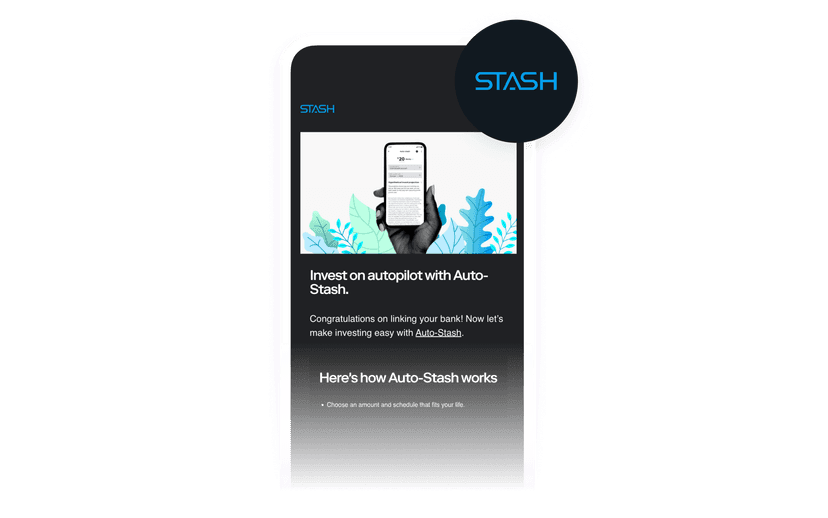 Case Study5 min read
Case Study5 min readStash drives long-term investing habits with sophisticated, personalized user onboarding
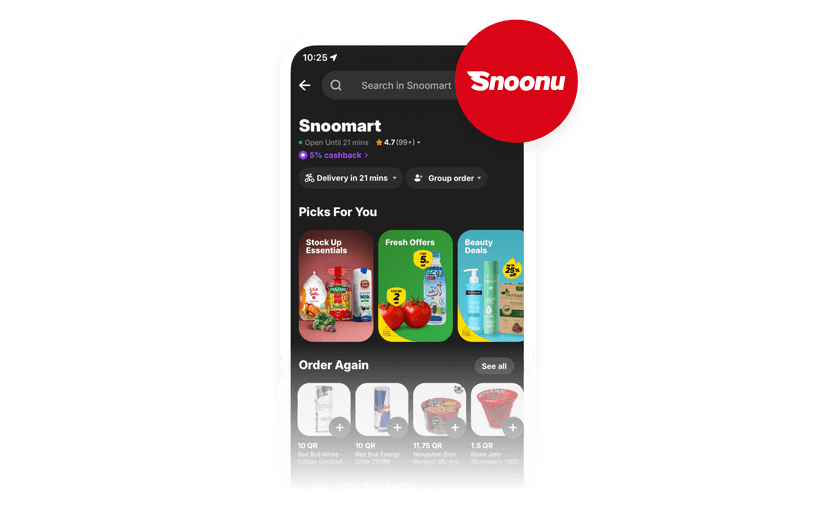 Case Study3 min read
Case Study3 min readSnoonu drives customer loyalty and repeat orders through a gamified shopping experience
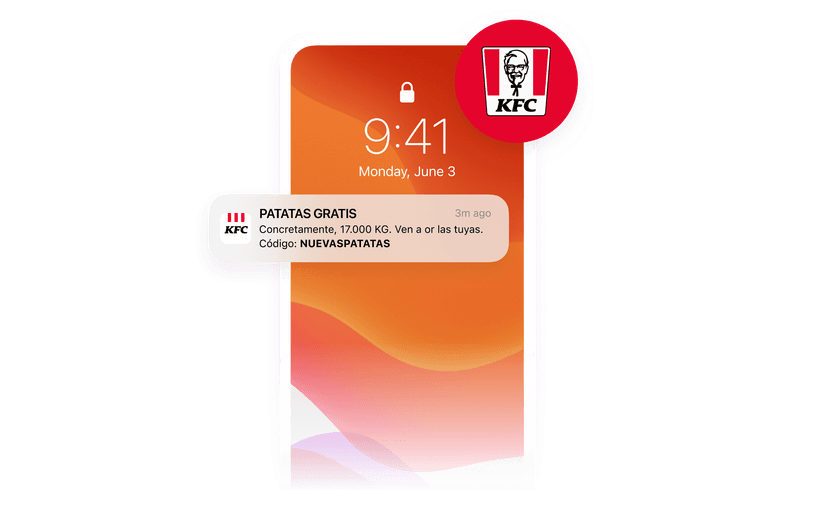 Case Study4 min read
Case Study4 min readKFC Spain's bold customer engagement strategy turned critics into fans